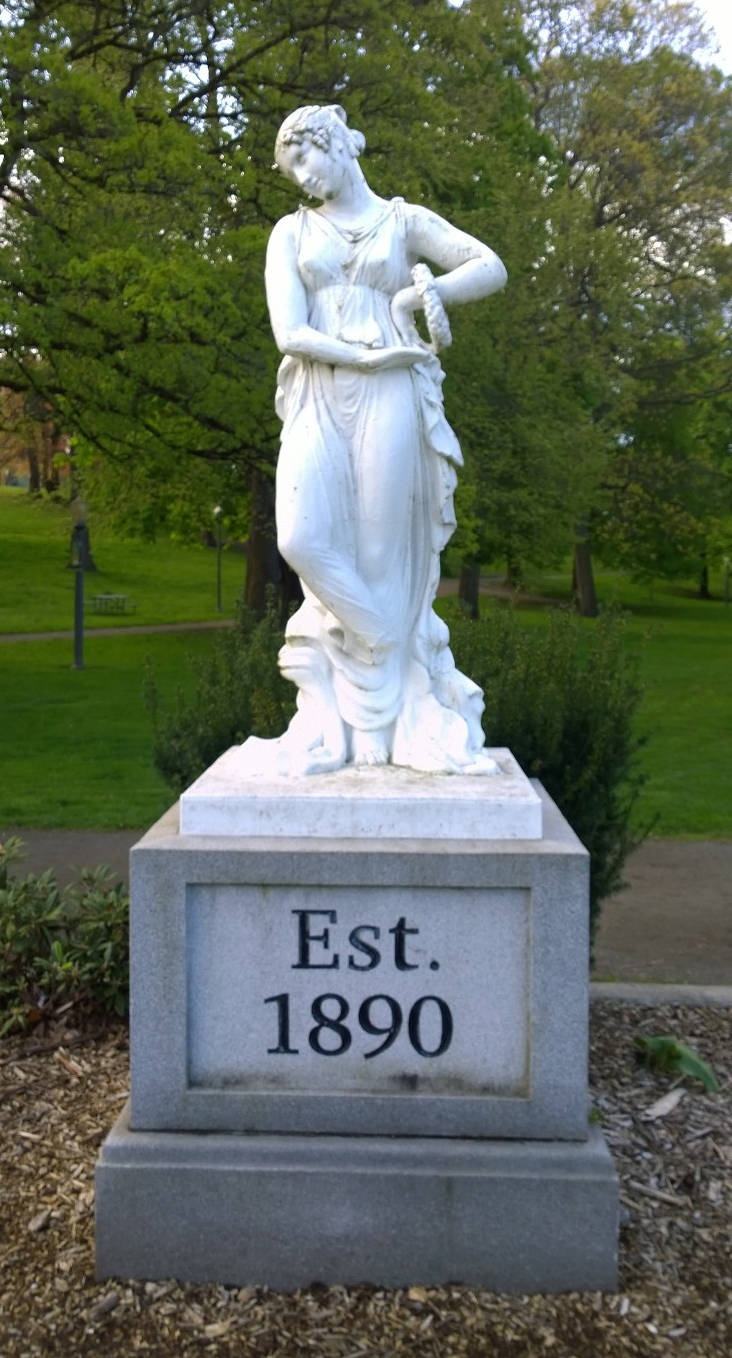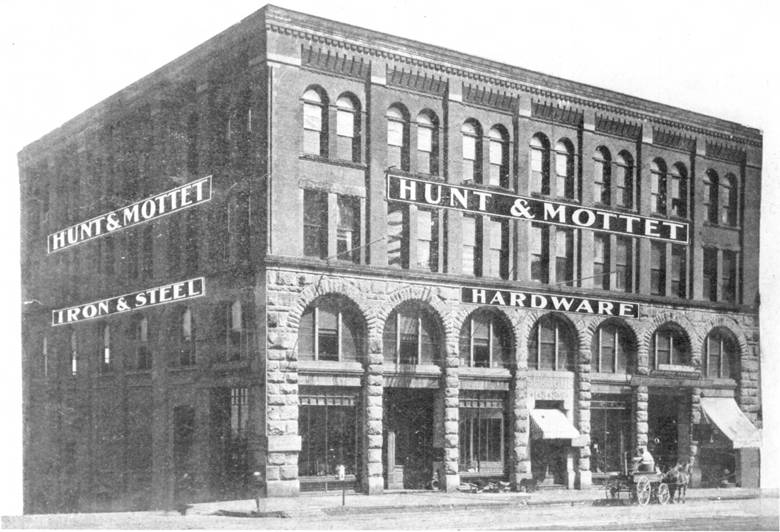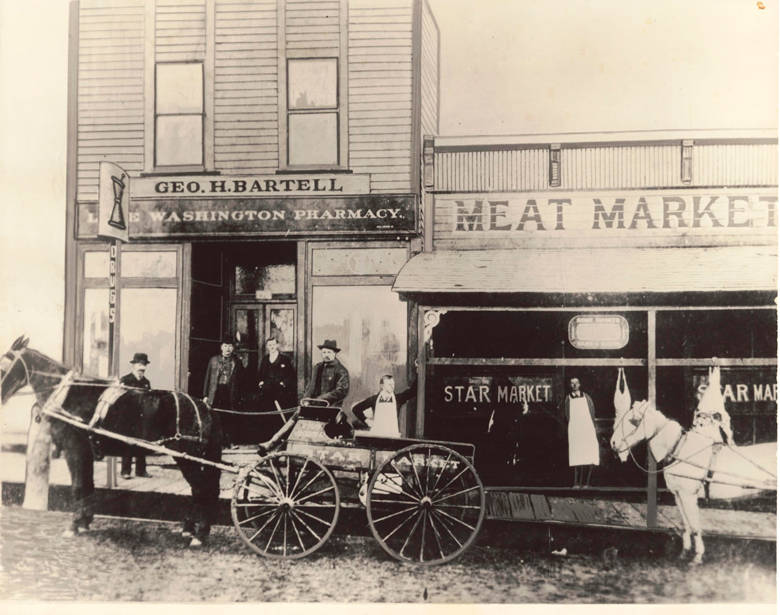By Danielle Nease
Tacoma Daily Index
This newspaper first published 130 years ago, on May 1, 1890, as a single-sheet under the name of the Daily Mortgage and Lien Record. The name then changed to the Daily Court and Commercial Index before finally settling permanently on the Tacoma Daily Index, over the course of a few owners and several different business locations.
Our newspaper was created the same year that George Francis Train arrived in Tacoma after travelling around the world in 67 days, and went to press the same year Wright Park opened to the public.
According to the City of Tacoma’s Register of Historic Places, our newspaper is older than Old City Hall (b. 1893), Stadium High School (b. 1891, 1906), Union Station (1907-1911), the former Federal Building / current Post Office Building downtown (b. 1908-1910), Tacoma Armory (b. 1909), Murray Morgan Bridge (b. 1911-1913), Point Defiance Streetcar Station (b. 1914), Pantages Theater (b. 1916-1918), Rialto Theater (b. 1918), Blue Mouse Theatre (b. 1923), Bob’s Java Jive (b. 1929), and Frisko Freeze (b. 1950).
What else happened in 1890?
– In January 1890, Nellie Bly finished her trip around the world in a record 72 days (broken later by Mr. Train, who did it in 67 days in 1890, and 60 days in 1892).
– Dutch painter Vincent Van Gogh committed suicide. During his lifetime he sold only one painting, becoming successful only after death.
– The McKinley Tariff, the highest tariff in American history to date, was passed. It called for a tariff of over 49.5 percent on most goods.
– Idaho and Wyoming became the 43rd and 44th states, respectively, to join the United States.
What else was born in Washington in 1890?
Brothers John and George Hart started the Tacoma Eastern Railroad in 1890. They struggled after an 1892 fire destroyed their sawmill, but rebounded during the gold rush of 1899. Different entities owned or operated the line (or parts of it), including the Chicago, Milwaukee, and St. Paul Railway, Weyerhauser Corp., and Tom Murray Jr., who created the Mt. Rainier Scenic Railroad – https://mtrainierrailroad.com/. The track’s interests were eventually transferred to the City of Tacoma and is now part of what’s known as Tacoma Rail. According to https://www.tacomarail.com/, Tacoma Public Utilities may be the only utility in the country that owns and operates a railroad.
The Washington Department of Fish and Wildlife was established in 1890, with the appointment of a fisheries commissioner by the governor, and the cities of Puyallup (August 16), Blaine (May 20), Hoquiam (May 21), Fairhaven (May 13), Everett, Arlington and Kent (May 28) were each platted, founded, established or incorporated in 1890.
Baseball has a long history here, including the Tacoma Daisies in 1890. They were part of the Pacific Northwest League, and were the champions in the final year of the first iteration, 1892. The Spokane Bunchgrassers were the inaugural champs in 1890. The league was revived in 1896 (Tacoma Rabbits/ Colts) and again in 1901 (Tacoma Tigers), eventually folding in 1905. I know what a daisy is, but I had no idea what a bunch grasser might be. According to a Google Books preview of Dictionary of the American West as well as an archive.org listing from the Western Words Dictionary, bunch grass is grass that grows in bunches or tufts, and a bunch grasser is a horse that eats it or a person who lives in foothills.
From the prairie to the shore…
Taylor Shellfish was started in 1890 by Justin Taylor, harvesting Olympia Oysters out of Totten Inlet, between Olympia and Shelton. Five generations have continued the tradition, and have expanded the footprint and the products harvested, becoming the largest producer of farmed shellfish in the United States, while remaining committed to a mission of community and sustainability. https://www.taylorshellfishfarms.com/
Banner Bank traces its roots back to 1890, when the National Building Loan & Trust opened in Walla Walla. They expanded and grew, and in 2000 adopted the Banner Corp name, with all 38 branches operating as Banner Bank. In 2019 Money Magazine named Banner Bank as the Best Bank in the Pacific Region, now with over 200 locations and a continuing emphasis on strong client relationships and a high level of community involvement. https://www.bannerbank.com/.
Locally owned Bartell Drugs operates 67 locations in King, Snohomish and Pierce counties, and is dedicated to providing extraordinary service that advances health, happiness and wellbeing. They’ve “been trusted around here since 1890,” founded when George H. Bartell Sr. (1868–1956) purchased the Lake Washington Pharmacy at 2711 South Jackson Street in Seattle’s Central District. Grandson George D. Bartell is the current Chairman, while granddaughter Jean Bartell Barber is the Vice Chairman and Treasurer, and the fourth generation is involved as well. https://www.bartelldrugs.com/
Pacific Lutheran University was founded by Norwegian immigrants in 1890, though classes didn’t start until 1894, with 30 students. Tuition was a dollar per week. Tuition is now considerably higher, and the student population is about 3100. Other Washington colleges founded in 1890 include Washington State University and Whitworth University, the latter of which began in Sumner and moved to Tacoma before settling in Spokane.
Some of these companies are barely recognizable from where they began, or have gone out of business altogether, while others are still thriving after 130 years. What made that difference, and what will make the difference on whether they can last another 130 years? Hard work plays a role. Dedication to keeping their customers satisfied, and supporting the broader community, as well. Finding the right niche to thrive. Perhaps a bit of luck. In any case, happy 1 – 3 – 0, and here’s to another 130 successful years.
Source info: this article builds on prior articles by Index staff, and also used information found on various websites listed and those of the different businesses, as well as historylink.org and wikipedia.org. And a special thank you to Bartell’s Communications Manager, Hannah Kubiak, for clarifying information and providing the included picture.







